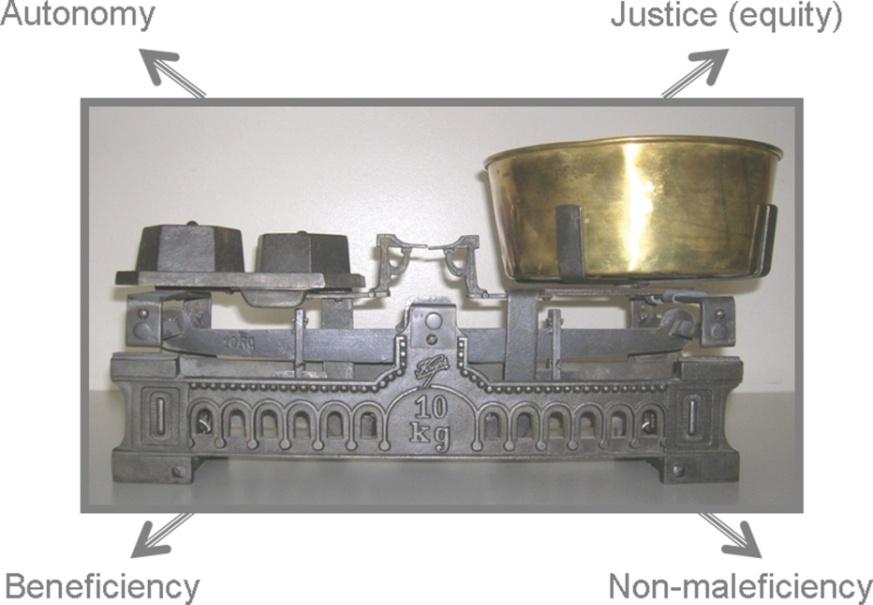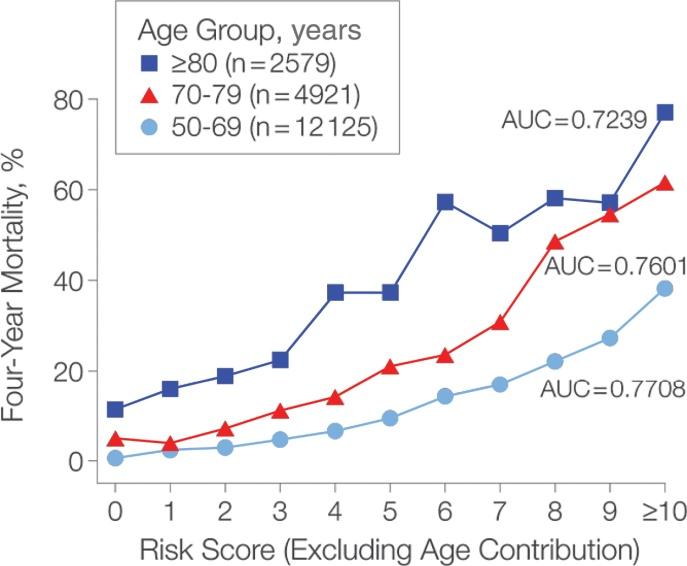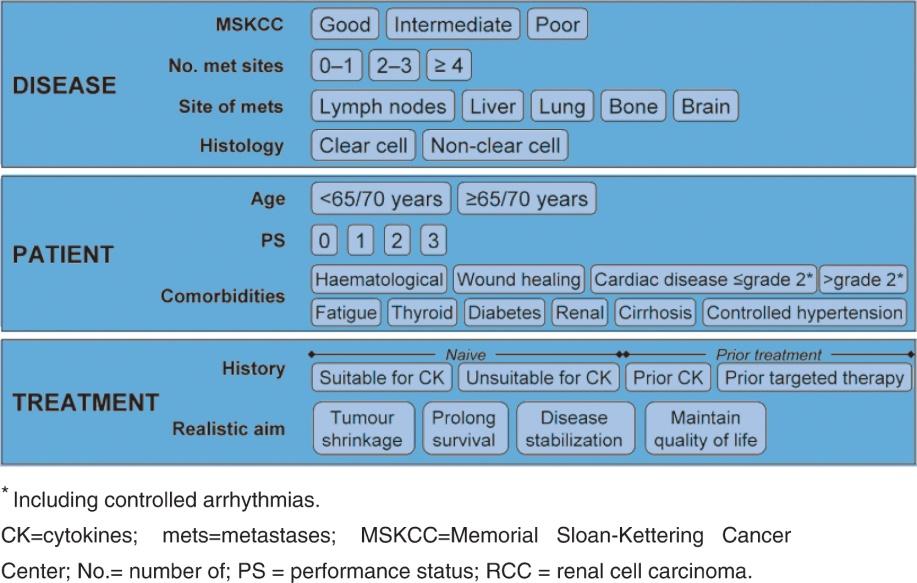
2 minute read
Vaginal Cancer
Stage III: Tumour invades abdominal tissues (not just protruding into the abdomen) • IIIA 1 site • IIIB >1 site • IIIC Metastasis to pelvic and/or para-aortic lymph nodes
Stage IV • IVA Tumour invades bladder and/or rectum • IVB Distant metastasis
Advertisement
aSimultaneous endometrial stromal sarcomas of the uterine corpus and ovary/pelvis in association with ovarian/pelvic endometriosis should be classified as independent tumours.
Adenosarcomas Stage I: Tumour limited to uterus • IA Tumour limited to endometrium/endocervix with no myometrial invasion • IB Myometrial invasion ≤50% • IC Myometrial invasion >50%
Stage II: Tumour extends beyond the uterus, within the pelvis • IIA Adnexal involvement • IIB Involvement of other pelvic tissues
Stage III: Tumour invades abdominal tissues (not just protruding into the abdomen) • IIIA 1 site • IIIB >1 site • IIIC Metastasis to pelvic and/or para-aortic lymph nodes
Stage IV • IVA Tumour invades bladder and/or rectum • IVB Distant metastasis
Carcinosarcomas should be staged and treated as carcinomas of the endometrium. The treatment includes hysterectomy and bilateral salpingo-oophorectomy and generally requires platinum based adjuvant chemotherapy with or without radiation therapy.
In advanced stages of leiomyosarcomas, chemotherapy and/or hormonal therapy should be used. The endometrial stromal sarcomas and adeno- sarcomas are preferably treated with hormonal therapy.
Primary vaginal cancers represent only 2% of female genital tract malignancies. It is mainly a disease of women > 60 years of age. Women treated for anogenital
precancerous lesions or cancer in the past are considered to be at high risk for vaginal cancer. The 2008 FIGO staging system is used.
Stage 0
Stage 0 represents a carcinoma in situ. The five-year survival is 100%. The preferred treatment is surgical excision of the lesion.
Stage I
In stage I the disease is limited to the vagina wall. The five-year survival in 70%.
The preferred treatment is an excision of the lesion (so-called partial or complete vaginectomy) and lymph node dissection.
• If the lesion is in the upper one-third of the vagina, pelvic lymphadenectomy should be performed. • If the lesion is located in the lower one-third part, an inguinal lymphadectomy should be performed. • If the lesions are located in the middle, both inguinal and pelvic lymphadnectomy should be performed.
Sentinel node biopsy will be helpful in determining which nodes should be removed, but at present there are no data supporting the use of this procedure and, because of the rareness of the disease, it is unlikely that there will be any data to support the use of sentinel node biopsy in vaginal cancer.
Concomitant chemoradiation can be used as an alternative to surgery.
Stage II
In stage II the carcinoma involves the subvaginal tissue but has not extended to the pelvic wall. The five-year survival is 50%. The treatment is similar to that for stage I disease.
Stage III
In stage III the carcinoma has extended to the pelvic wall. The five-year survival is 20%. If possible, surgery can be considered; however, the preferable treatment in this stage is concomitant chemoradiation.
Stage IV
In stage IV the carcinoma has extended beyond the true pelvis or has involved the mucosa of the bladder or rectum; bullous oedema, as such, does not permit a patient to be allotted to stage IV.
Stage IV can be divided into the following:





